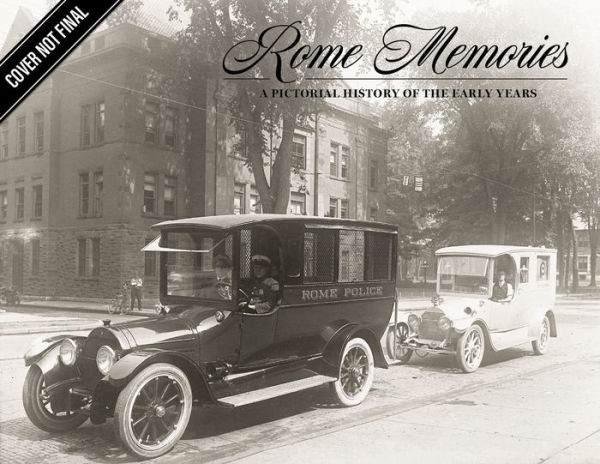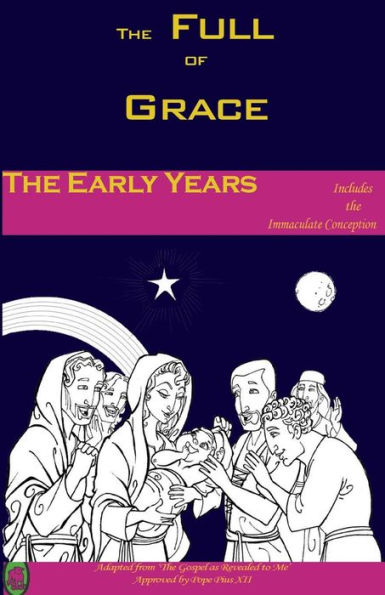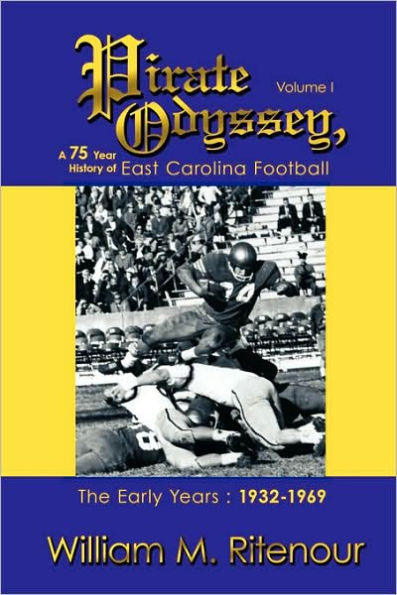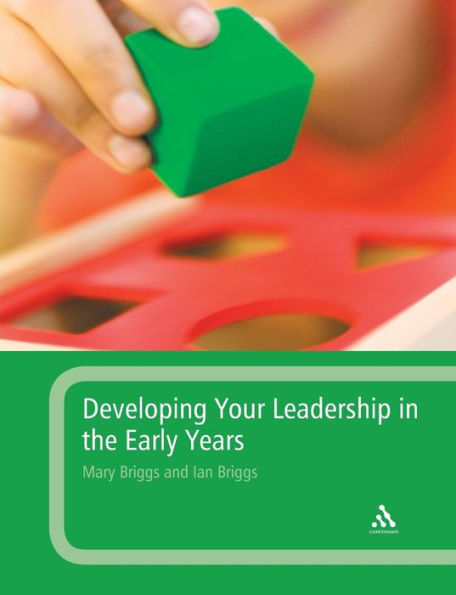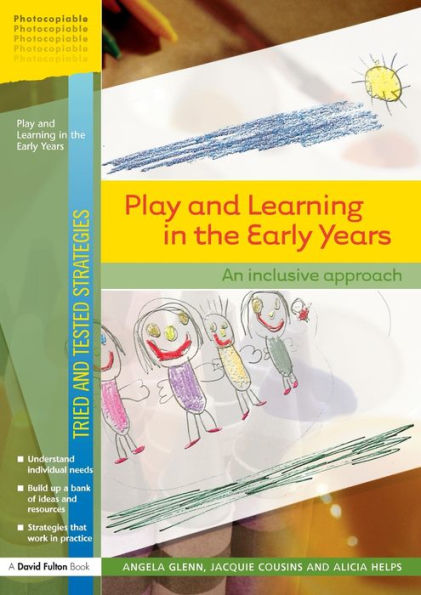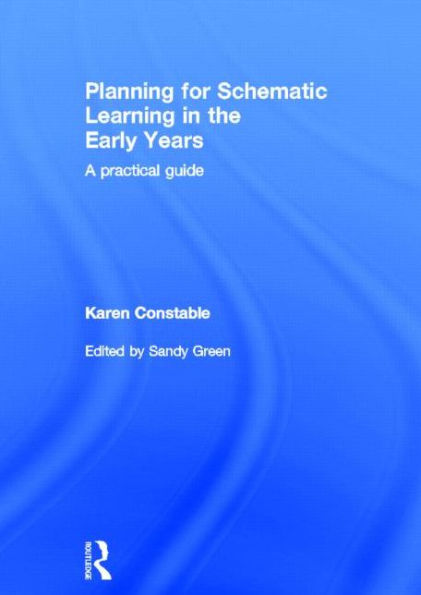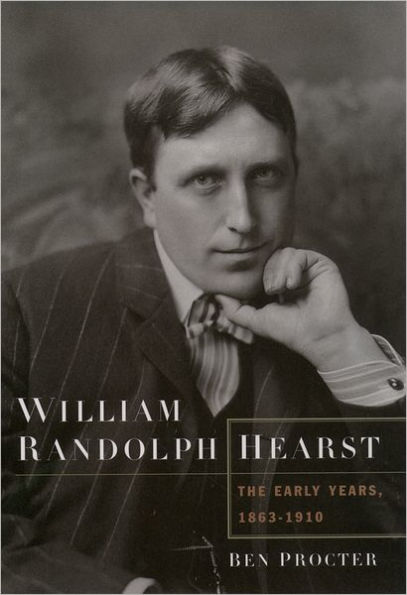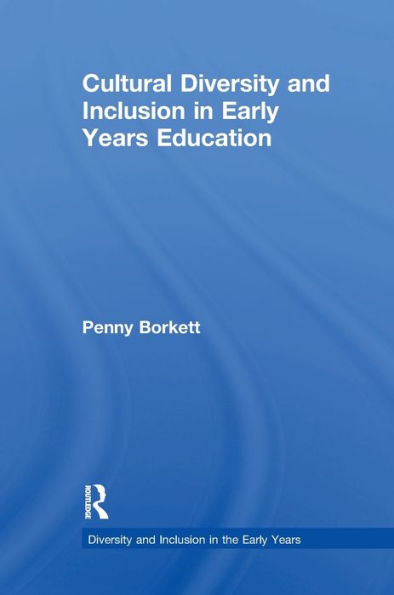Home
WITS: the Early Years: A History of University Witwatersrand, Johannesburg, and its Precursors 1896-1939
Barnes and Noble
WITS: the Early Years: A History of University Witwatersrand, Johannesburg, and its Precursors 1896-1939
Current price: $35.00
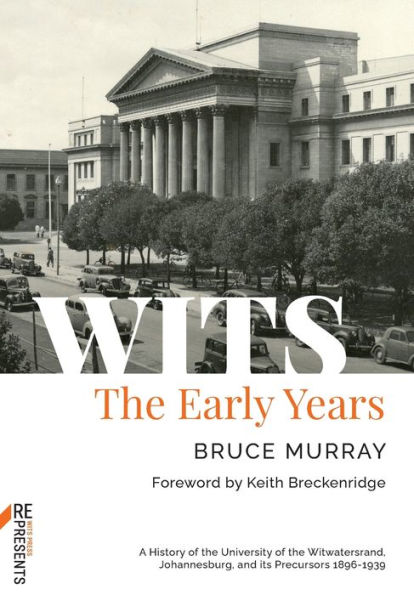

Barnes and Noble
WITS: the Early Years: A History of University Witwatersrand, Johannesburg, and its Precursors 1896-1939
Current price: $35.00
Size: Paperback
Loading Inventory...
*Product information may vary - to confirm product availability, pricing, shipping and return information please contact Barnes and Noble
WITS: The Early Years is a history of the University up to 1939. First established in 1922, the University of the Witwatersrand, Johannesburg developed out of the South African School of Mines in Kimberley circa 1896. Examining the historical foundations, the struggle to establish a university in Johannesburg, and the progress of the University in the two decades prior to World War II, historian Bruce Murray captures the quality and texture of life in the early years of Wits University and the personalities who enlivened it and contributed to its growth.
Particular attention is given to the wider issues and the challenges which faced Wits in its formative years. The book examines the role Wits came to occupy as a major centre of liberal thought and criticism in South Africa, its contribution to the development of the professions of the country, the relationship of its research to the wider society, and its attempts to grapple with a range of peculiarly South African problems, such as the admission of black students to the University and the relations of English- and Afrikaans-speaking white students within it.
This edition of WITS: The Early Years is republished in the University’s centenary year with a preface by Keith Breckenridge, who writes, ‘In the republication of Murray’s two volume history of Wits, readers have an opportunity to explore the often dramatic and contested story of this university … Murray produced an intimate, almost scandalous intellectual history of the institution that served as his home for practically half a century.’
